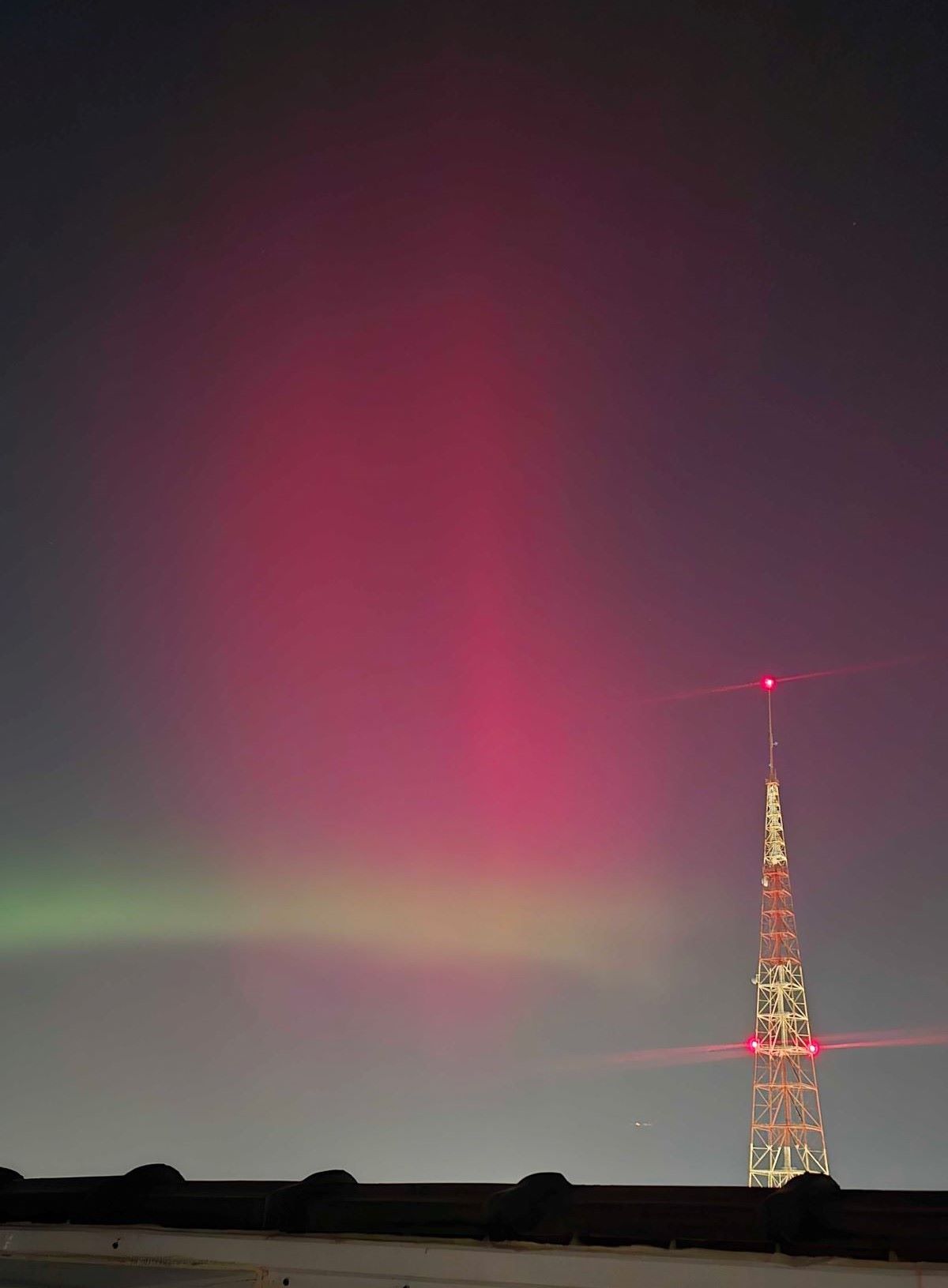
On the night of November 11–12, 2025, residents of St. Louis, Missouri, witnessed a rare spectacle: the Aurora Borealis, or Northern Lights, lighting up the sky. While visually stunning, this event also highlighted the aurora impact on St. Louis technology, affecting everything from power grids to data centers.
Auroras appear when charged particles from the Sun interact with Earth’s magnetic field. Last night, a strong geomagnetic storm, fueled by a Coronal Mass Ejection (CME), pushed the auroral oval southward, making the lights visible in mid-latitudes like St. Louis.
Such events aren’t just a treat for skywatchers, they can have real consequences for technology infrastructure.
Geomagnetic storms can induce currents in long electrical conductors, known as geomagnetically induced currents (GICs). These can:
Even mid-latitude regions like St. Louis should be alert to these effects.
The storm can disturb the ionosphere, affecting satellite communications and GPS systems. Businesses relying on precision navigation, like logistics, agriculture, or surveying, may experience temporary disruptions.
For businesses with IT infrastructure in St. Louis, geomagnetic storms can indirectly affect servers, switches, and routers:
Mitigation tips: Use UPS and surge protection, maintain offsite backups, and monitor network and power alerts to minimize disruptions.
Auroras at such low latitudes signal strong geomagnetic activity. Companies with technology-dependent operations should:
Preparing for rare but impactful events like this ensures business continuity and minimizes potential technology losses.
For residents and enthusiasts, witnessing the aurora was unforgettable. If you missed it, dark skies, a northern view, and night-mode photography can help capture future displays.
Bottom line: The St. Louis aurora was both a visual marvel and a practical reminder of how space weather can impact technology. Businesses that understand and prepare for the aurora’s impact on St. Louis technology and other such events are better equipped to protect critical systems, including data centers, servers, and network infrastructure.